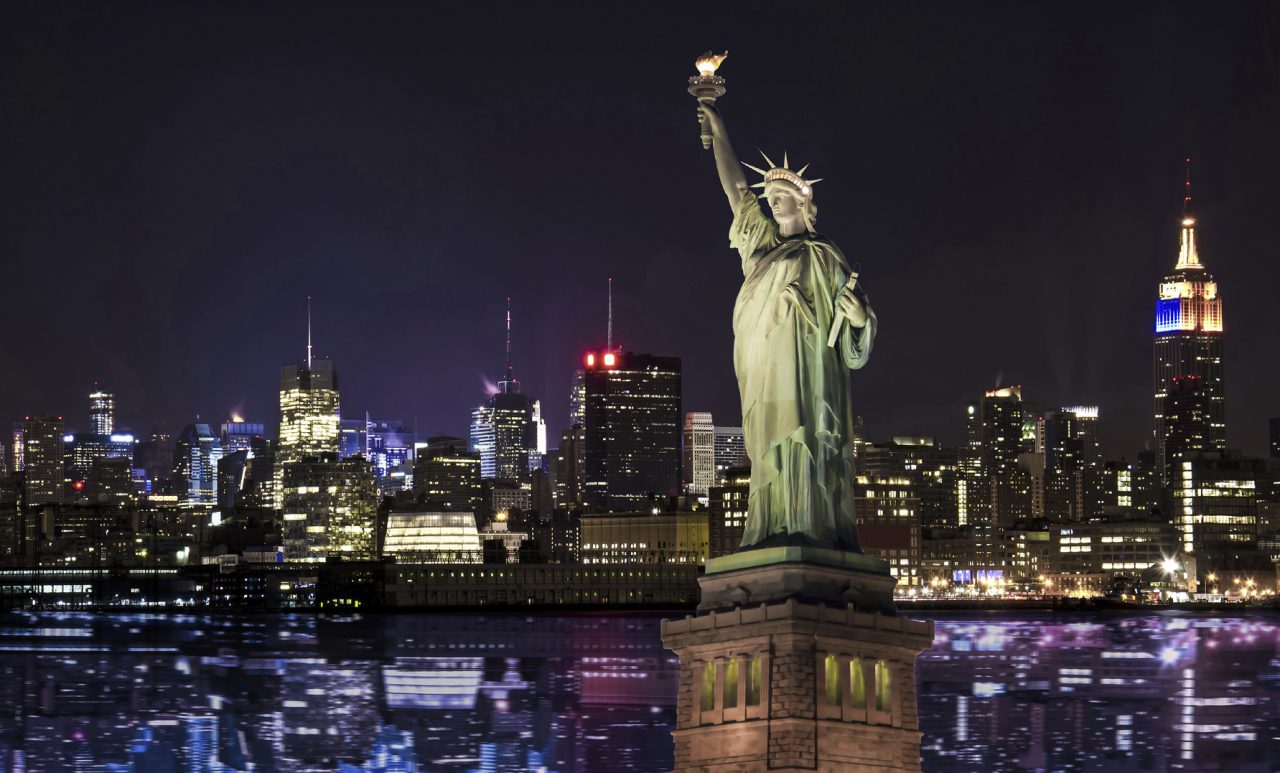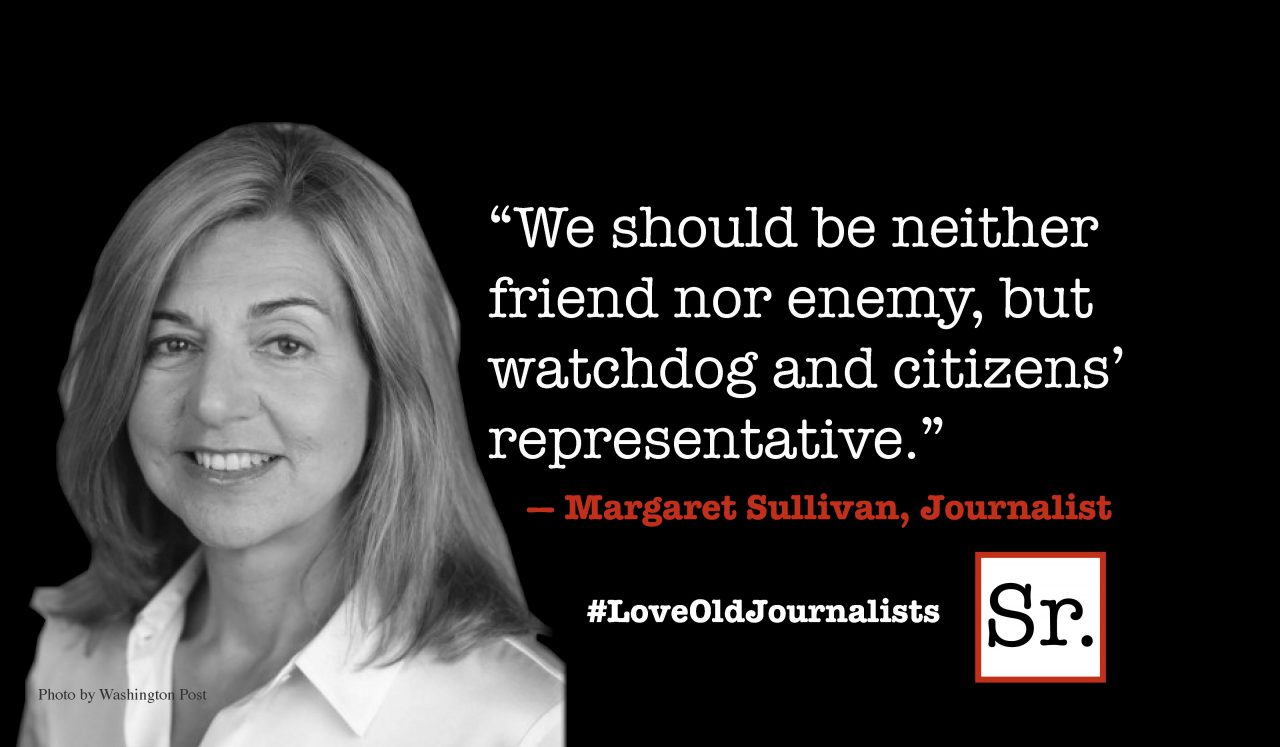The historian, Charles A. Beard summed up the lessons of history in four epigrams One of them is: "THE BEE FERTILIZES THE FLOWER IT ROBS." Americans by the thousands have swabbed the inside of their cheeks with a Q-tip, and sent it to a medical laboratory. The DNA analysis indicated that almost everyone tested had ancestors who arrived on these shores from somewhere else. My grandparents came here from Germany and Scotland. From where did your family decide to emigrate? The evidence is clear. All of us originated when somebody back in the Rift Valley in Africa walked out of it bound for parts unknown. Most of us even have some small genetic residue deposited by Neanderthals. Racial purity is a myth. The history of humans on this planet is about the journey of migrants from one geographic area to another. And wherever we have finally landed, no matter how uncomfortable the reception, we have left part of who we are.
There are a number of reasons for massive population movements. Often it is to enlarge an already substantial empire. Genghis Kahn was not looking for recreation areas. European colonialism of the 18th and 19th centuries conquered vast areas of the world in search of natural resources, and that included humans to be fresh commodities for a flourishing slave trade. All of these conquered areas ended up with significant numbers of the invaders remaining, and no place was the same as a result of the influx of these “foreigners.” Nobody in Latin America spoke Spanish before the gold-hungry Conquistadores landed.
While the conquest of Canaan by the Hebrew tribes who had fled Egypt is probably a cultic legend, the story of their subsequent domination of the Eastern Mediterranean coastal area is probably an accurate reading of history. And these Hebrews were basically what we would today call migrants. One translation of the wordHebrew is border-crosser.
Other migrations are the result of ethnic cleansing. The French-speaking Acadians who arrived in Eastern Canada early in the 18th century were not welcomed by the already settled British, and would not submit themselves to be vassals of the English crown. Eventually, having been forced out of Canada, many made their way to what is now Louisiana, and we know them as Cajuns.
Swarms of refuges fleeing the Irish potato famine sought relief along the northeast shore of the United States. During the same period Italians and Greeks came here, believing that this under-populated continent would be a safe harbor and their ethnic hope. Most arrived without proper documents, and were derisively referred to as WOPS (WithOutPaperS). Their welcome was enshrined, however, in a poem by Emma Lazarus reproduced on a bronze plaque at the base of the Statue of Liberty.
Give me your tired, your poor,
Your huddled masses yearning to breathe free,
The wretched refuse of your teeming shore.
Send these, the homeless, tempest-tost to me,
I lift my lamp beside the golden door!
While we are a nation of immigrants, at times we have been less than welcoming to these huddled masses. We imported thousands of Chinese workers to build our western railroads, and than passed The Oriental Exclusion Act barring from our shores all others from across the Pacific.
Now we are embroiled in a massive campaign to close our borders, even if it means building an impenetrable wall from California to the eastern boundary of Texas. We cannot send these all these Hispanics back to their homelands whether they arrived here legally or not. The decibels produced by our blustering don’t even pretend to be a solution. So we must find some way to embrace them as fellow citizens, realizing that with their coming the face of America has already been substantially altered.
I doubt that there have been very many mass migrations that were comfortable for those who already populated the lands to which the pilgrims came. Last month we celebrated what used to be called “Columbus Day,” and realizing the devastation it visited on the people who had lived here for centuries, we need to rename it “Indigenous Peoples Day.” Nevertheless, this and every other culture will continue to be enriched by endless migrations. The flower by which America is fertilized and is renewed is this wave is of immigration. We and our children are far better for this dynamic of our evolving history.









